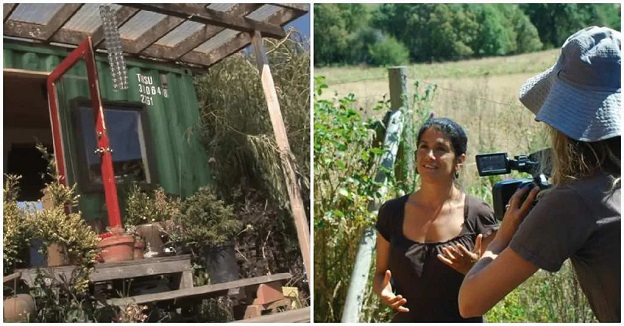A Mother of Family Transforms a Container Into Her Dream Home with Just $4000
The Compromise
A single mother named Lulu had a decision to make - she could either live in a big house and work more, or she could spend more time with her young daughter. She decided to create an impressive 15m² home with a budget of just $4000 by transforming a container into a residence.
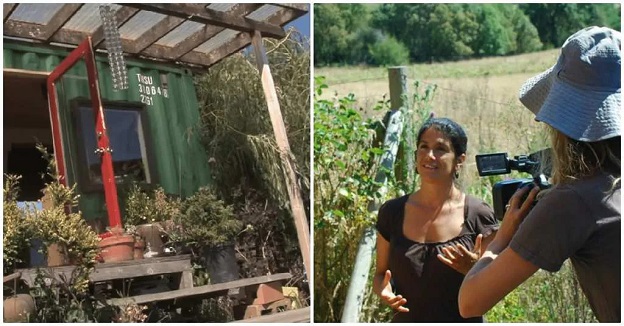
Lulu felt she needed more space and also built a bedroom for herself and her little daughter on a flatbed trailer from where they could watch the moon rise...
Reuse and Reduce
It is worth noting that, although this type of container home may seem quite primitive, more and more housing structures are being built from old containers that are no longer in use. These containers serve as the base and framework for construction. There is a growing trend called the Tiny House Movement, popular for promoting a simpler life in smaller homes.
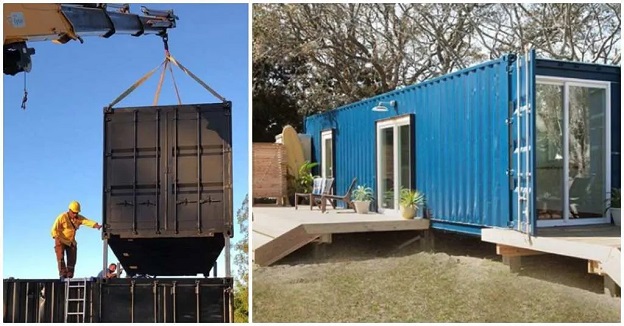
This growing development has two major advantages as it allows for recycling and converting old containers into housing. The second advantage is that construction costs are reduced.
Sonoma County
Lulu had always been interested in a simple life and followed the Tiny House Movement which had become popular throughout Sonoma County, one of the most popular places to build in this style in the United States. Sonoma County is located in northern California and is well-known for Sonoma Valley, a wine region. More recently, the county has also become home to the Tumbleweed Tiny House Company, which is fitting considering the increasing need for tiny homes in this region of California.
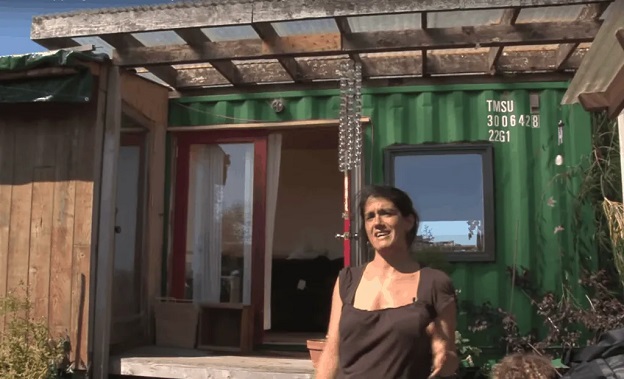
Lulu now lives with her daughter in a picturesque hillside setting in the unincorporated area of Sonoma County. This region meets the sea a few kilometers to the west. Due to fires that destroyed over 5,000 homes and buildings in the area, the real estate market saw an increase in housing prices in the first part of 2018. In June 2019, a new record was set with a sale price reaching $700,000.
A Lovely Cabin
Many people have started looking for homes that are more sustainable, not just financially, but also physically. Lulu admits that the container was “a little daunting” as she is claustrophobic. She explains that the home is “a lovely cabin, but it's a 2 x 5 cabin with windows.”
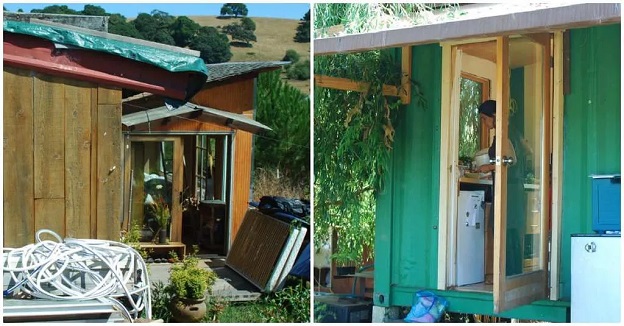
Her daughter is uncertain about the home. She adds that she doesn’t like her loft bed “because I can't sit or stand up.” She wants to add an extra room and a greenhouse, which would give the little girl her own space.
Challenging
The charismatic Lulu decided to take the container route to prioritize her daughter and the time she wanted to spend with her. So, with no experience in construction, Lulu spent a whole month cutting windows and a door and installing insulation and a simple kitchen (with a propane camping stove and a water heater). At this stage, Lulu and her daughter moved into their 15m² home.
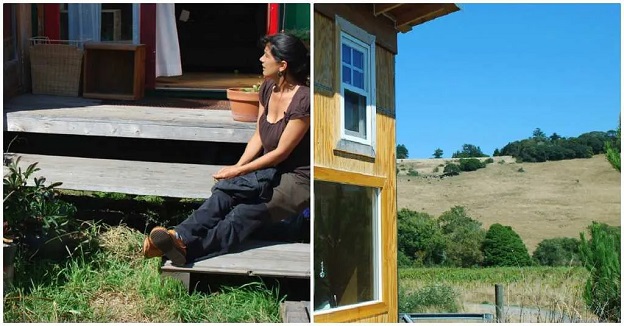
A bed, a sofa, a bookshelf, and kitchen cabinets all fit into this small space. Originally from Argentina, Lulu had settled in the United States with her daughter a few years ago. She wanted to resume her studies, but a full-time 9 to 5 job and the lifestyle that came with it held no appeal for the single mother.
Alternative Living
Lulu realized that one of the biggest expenses requiring this type of income is housing. An extravagant life had never interested her, so it made perfect sense to find a creative solution that would allow her to spend more time with her daughter. After understanding what she needed to live in a home she would love, Lulu decided to choose the alternative living option - living in a container.
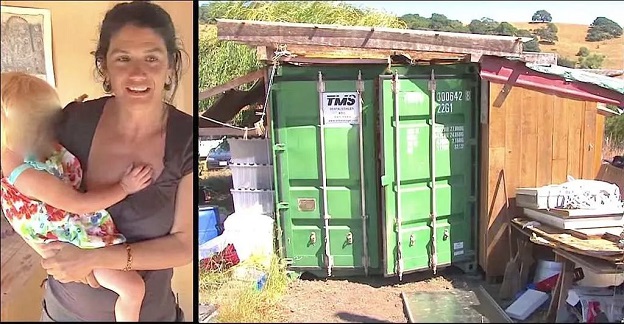
The one she desired was used to transport goods to and from China. She selected Sonoma County in California as the place to plant her home. Building her own home filled Lulu with pride and gratitude. Not only did she create the entire construction, but today she has a life she adores.
No Experience Necessary
Though Lulu had no prior experience in construction, she was able to modify the container and install windows, insulation, and a functional kitchen using a camping stove and water heater. The total bill came to $4000 and it only took a month to complete.
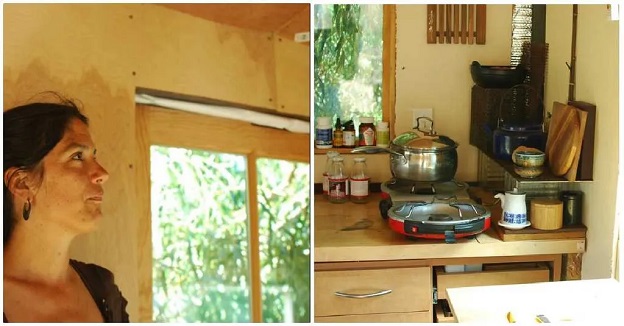
Compared to the average cost and time it takes to build a regular house, Lulu not only saved a small fortune but also gained a lot of time.
It's Worth It
Even though her daughter doesn't see the benefits of the new home, Lulu knows that one day she will understand. "She complained several times, but I also realized that we spent more hours together than if I had to work to pay rent," explains Lulu to faircompanies.com.
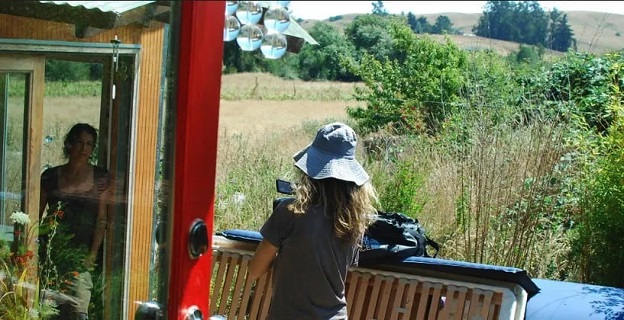
She had decided to leave her house because she preferred to spend time with her daughter rather than at work. So, investing an entire month and spending only $4000 to transform a container into a home was well worth it.
"Elegantly Poor"
"It was a matter of choice in terms of how many hours we have in our lives and how I want to use them," comments Lulu after reflecting on the project she just completed. Ultimately, she decided she wanted to spend more time with her daughter and less time at work.
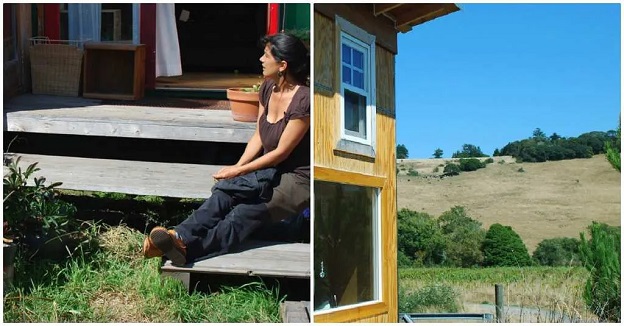
However, there are some things Lulu does not compromise on. She enjoys high-quality tea and owning a large bathtub to relax in. These little luxe touches led her brother to describe her style as "elegantly poor."
Recycling
She also used recycled building materials, including sinks, flooring, and tiles to construct her new home. She collected pieces here and there, preferring old finds over brand new items. The mother slowly gathered light fixtures and furniture, only salvaging what she found for free or at a lower cost.
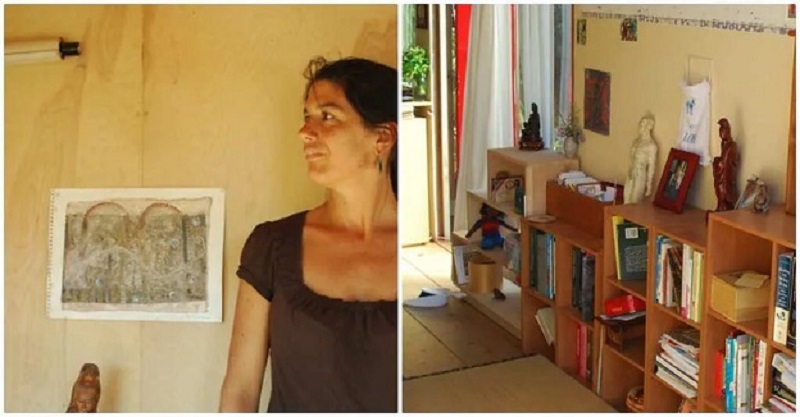
Lulu prefers a modest life that allows her to enjoy moments with her daughter. While not the most upscale of tiny houses, her creation is cozy and functional inside.
Poverty with Style
The house is located in someone else's garden, and Lulu pays a small rent for water and electricity. Besides that, her only expense goes towards butane gas cylinders. "When I showed everything to my brother in Argentina, he said, 'You've always liked poverty with style,'" she explains to faircompanies.com.
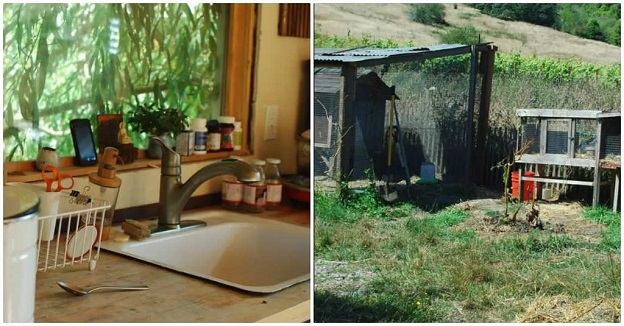
Lulu has undoubtedly embraced simplifying her life, and even though she lives in a container, she is surrounded by a beautiful landscape of wooded hills and untouched nature. There's even a chicken coop?!
Material Things
"Material things - all that, it's borrowed, we're just borrowing stuff," adds Lulu. "None of this is ours, and we seek to define ourselves in identities like my house, my car, my family, my job."
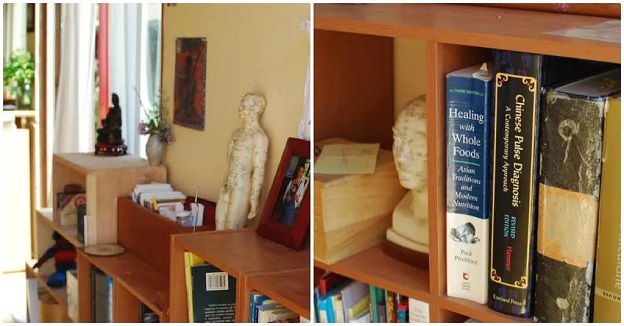
"You know, the more there is, the more it grows. I'm sure that I am who I am, and it's as if this house was a prison, and I was tied to the bank." Lulu has accepted living simply but is very happy with what she has.
Wabi-Sabi
Lulu has always appreciated Eastern culture and living art. She drew inspiration from Wabi-sabi, a Japanese aesthetic that focuses on accepting the transient and imperfect nature of the world. Wabi-sabi finds beauty in the transient and incomplete.
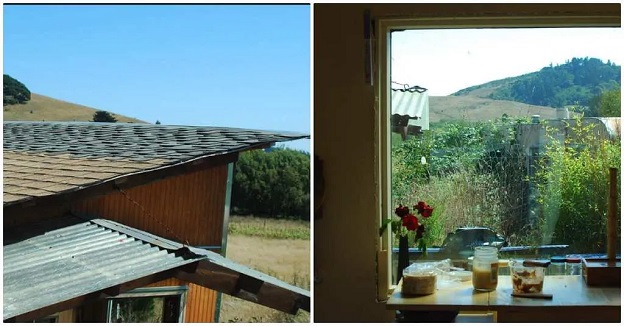
Lulu appreciates living in a home that reflects the temporary nature of life, which can be seen everywhere in her home. She fully embraced this lifestyle years ago and is happy to be able to live a life in line with her values.
Off the Beaten Path
"When you don't have much money, you have to be more creative," notes Lulu during her interview. And this was certainly the case during the conversion of the container into a new home. She acquired a significant portion of the construction materials from recycled materials found at the dump.
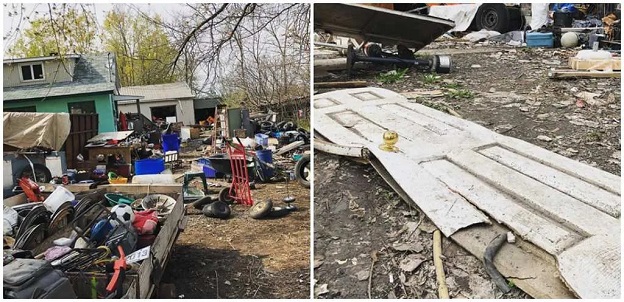
Many others have been inspired by individuals who have embraced a simple life like Lulu. These people have started thinking outside the box when it comes to owning their own home, but without the expenses that usually come with it.
Fully Functional
She salvaged items like flooring, cabinets, and furniture that were already used but still in good condition and ready to serve. The container home is fully functional with a toilet, bathtub, sinks, and even a small playroom for Lulu's daughter.
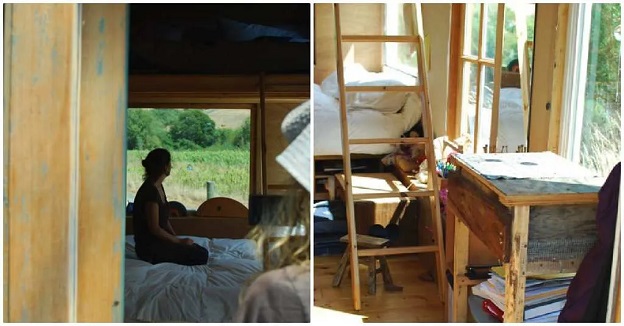
Some might think it's just temporary housing, but Lulu has everything she needs on site. And anyway, the walls of the container she transformed into a home do not allow an excessive accumulation of belongings.
Expanding
Space was limited in the original container with just 15m² for both of them. With more space in mind, Lulu decided to expand the container by building a new room on an old flatbed trailer to significantly increase the size of the living space.
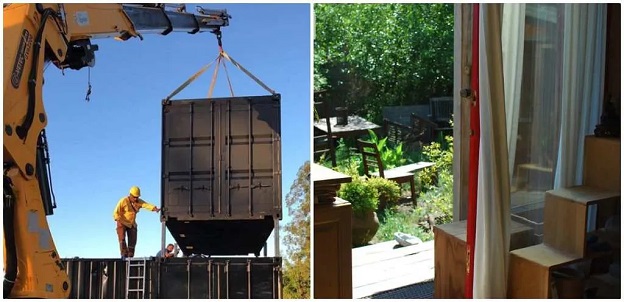
She already had the structure of the house well established, which made it easier to add amenities. Lulu also said she hopes to expand her property even further in the future.
Mentors
Lulu is friends with Jenine Alexander, a tiny house builder in the same region who also knows big names in this trend, like Jay Shafer, the founder of Tumbleweed Tiny House Company.
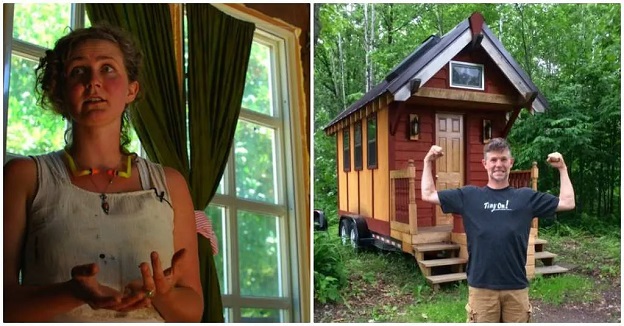
Jay has been described as "the iconic figure of small houses," and many seek him out for help in creating and building their tiny homes. Jenine helped Lulu by guiding her and advising her on the logistics that come with building a home from a container.
Economical
The tiny house movement focuses on desires for modesty and preservation, in addition to self-sufficiency. Smaller homes are cheaper than larger buildings when it comes to taxes, construction, maintenance, heating, and repair costs. This makes it a more feasible option for those who cannot afford to buy a property or even take out a mortgage.
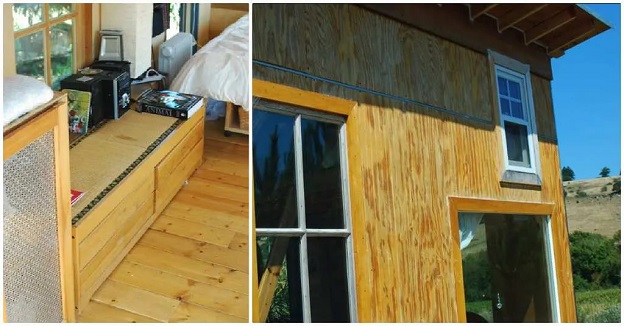
A significant portion of the public is captivated by this movement that reduces and many turn to the pioneers of this movement for inspiration for their own homes.
Minimalism
The cheaper cost of living can be advantageous for those with slim savings. In addition to being cheaper, tiny homes can encourage a less cluttered and simpler lifestyle while reducing other impacts for residents. The theme of the tiny house movement is consistent with the minimalist movement, which has also become popular in recent years.
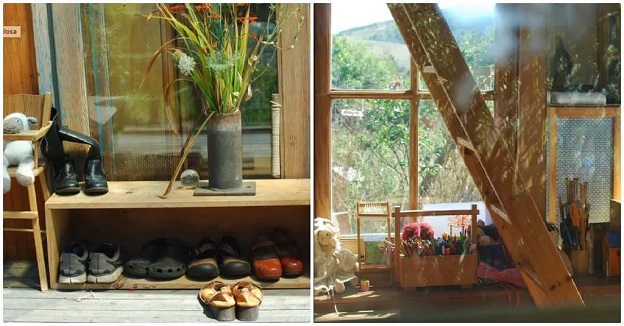
Minimalism can be described as a tool that can help individuals reduce their lifestyle and need to possess goods, which is very similar to the tiny house movement.
Home Dynamics
Psychologists argue that homes affect individuals' emotional state as they "facilitate social interactions and dynamics that take place in a home." As people create and personalize their living space, their values are reflected in their home.
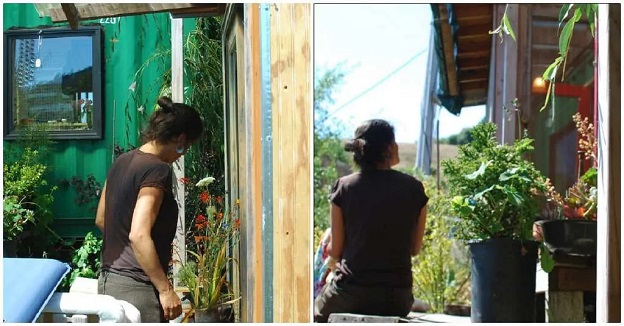
The reasons for wanting to live in a tiny house probably revolve around the desire to live more modestly while conserving resources. Lulu has managed to match her personal space with the activity she most wanted to do - spending more time with her daughter.
